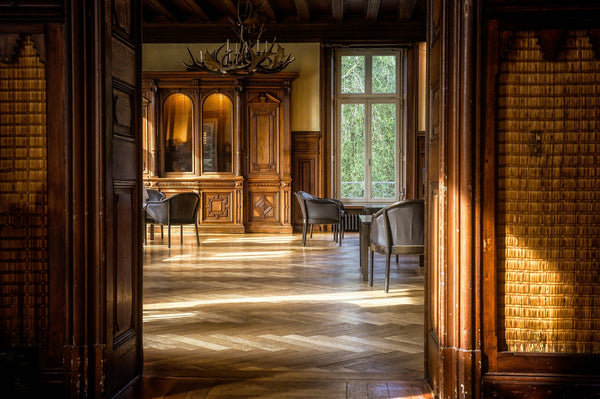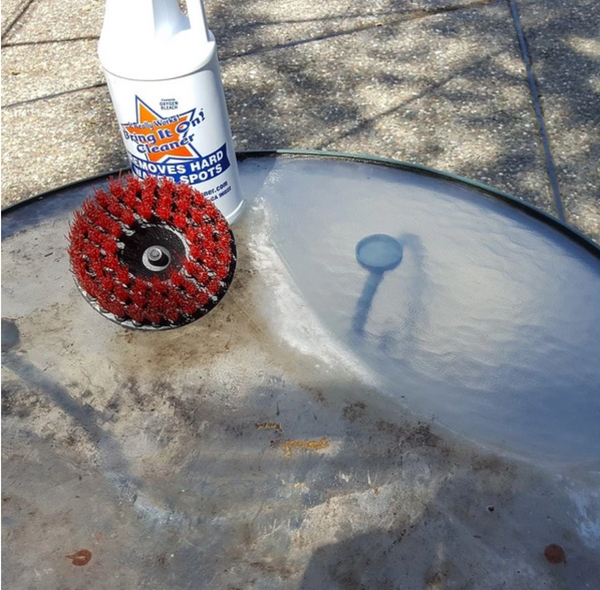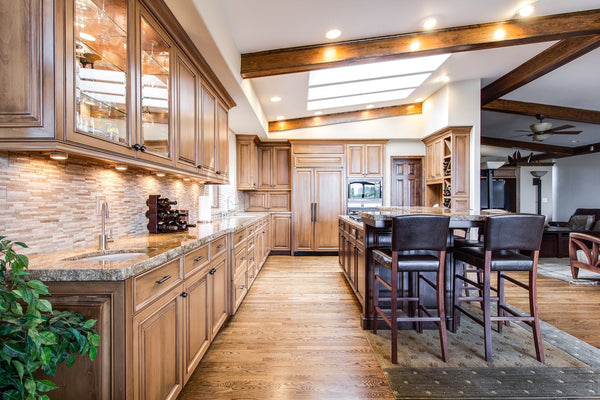
Restoring wood furniture was long known to be a professional job, until the internet and social media paved the way for useful information sharing. Thanks to technology, getting access to practical tips on wood restoration has become easier for all furniture owners or amateur restorers.
Wood is a precious natural material, and a good wooden furniture is worth saving from damage or dullness. When we wee the potential beauty of a wooden piece beyond its aged and lackluster appearance, we may not need an expert restorer to bring it back to life and set it to its original function.
Below is a compilation of 8 easy steps meant to guide amateurs in restoring wooden furniture.



Ryan Rackley
Author